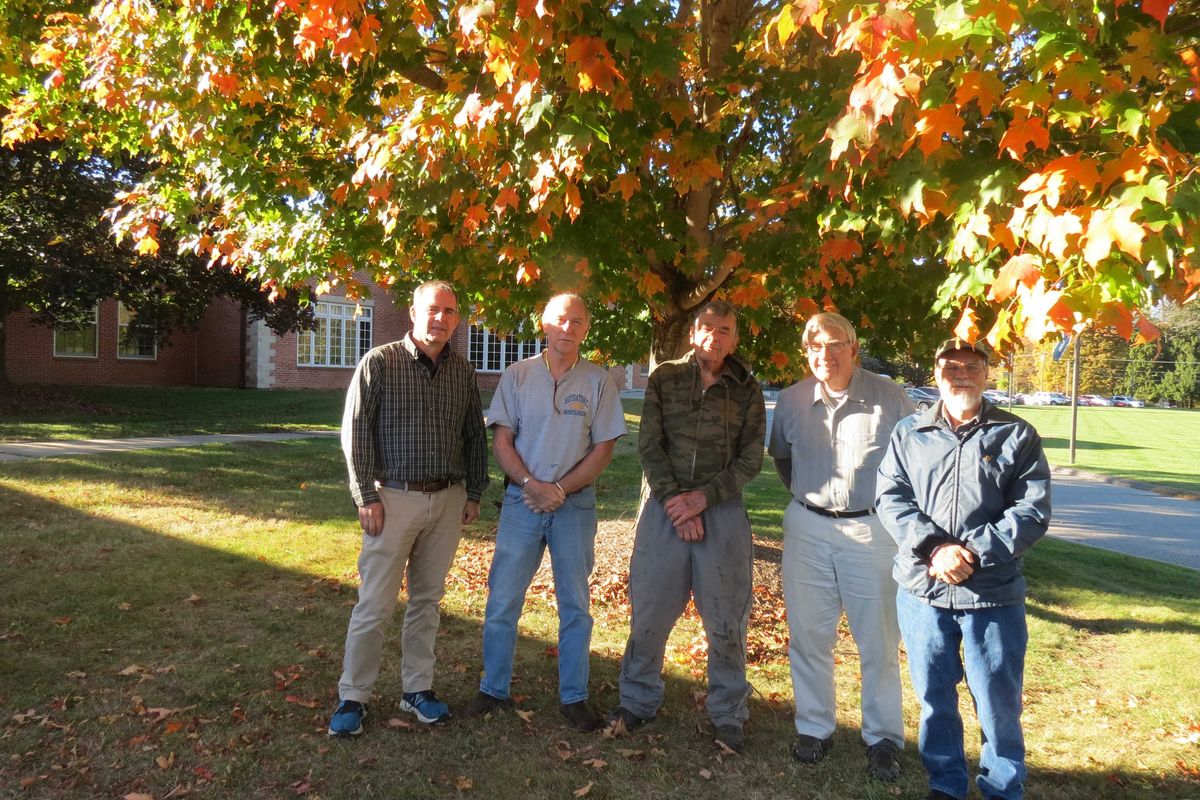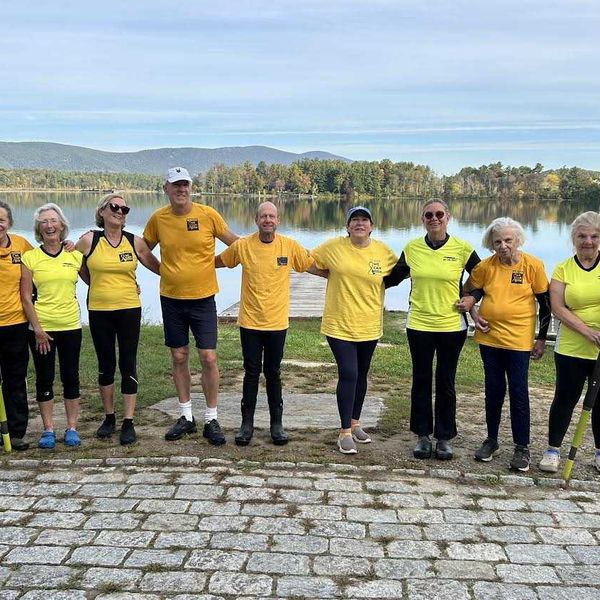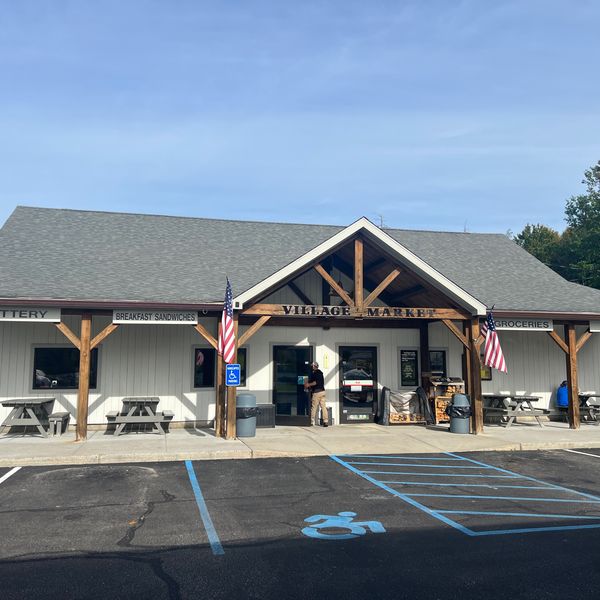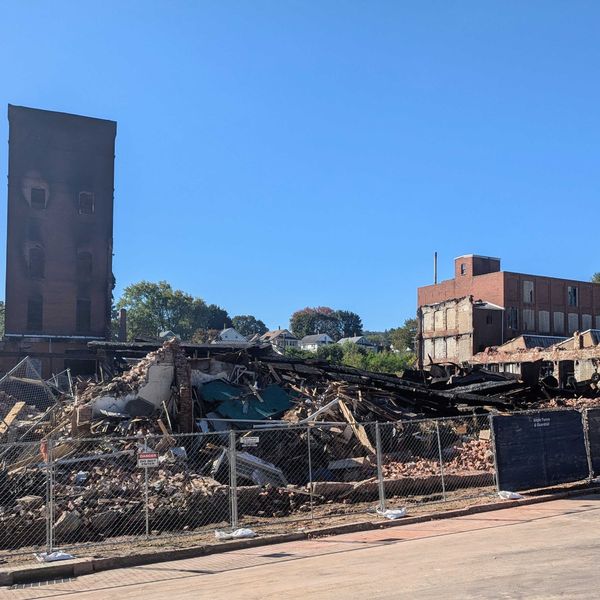Latest News
Families: Get a globe
Oct 15, 2025
Those of us old enough, we remember our parents and our siblings asking questions about the world we lived in. “Where is Anzio and Normandy?” “Where is Inchon?” “Where is Cambodia and what’s the Gulf of Tonkin?” And “Kuwait? What’s Kuwait?” “Kabul? Where is that?” Sadly, you will be asking these questions again all too soon.
American youth, woefully undereducated, were always being sent “over there” to fight battles vital for our national interests and security. Parents desperately try to find out how far away they were going to be, what were the strange lands, strange peoples, strange customs they were going to encounter. And if all this is about to happen again, US education is still lacking in every possible geographic way.
In 1890-1910 the disparity between the worker and the very rich in all industrial societies including America was desperately evident. Natural resources (metals, oil, power, engineering) outstripped social balancing, allowing a handful to become so wealthy they make today’s billionaires look like paupers. Meanwhile, new inventions across the world as a result of the industrial revolution made those very wealthy here and especially in Europe, to want to keep their power by expanding control and territory. Countries fought such unopposed expansion until, finally, they became embroiled in an all-out war — the first world war in 1914 (WWI) — to stop the expansion of these powers. American elites and the most wealthy, desperate not to chose sides and lose their own positions of power and wealth, kept us out of the conflict until 1917 when American interests across the globe were threatened and we joined in to stop the Kaiser and his allies. That war was fought in 17 countries in Europe (can you name any of them?), 12 countries in Asia, 26 in Africa, and 12 in the Pacific basin. WWI killed about 40,000,000 people — about half of all the people in the USA at the time.
Just 20 years later, after the Great Depression, new inventions and manufacturing capabilities allowed nations to seek to return to strength through dominance — especially seeking to control oil, resources, and labor. The 3rd Reich started by building the industrial base, annexing neighbors, changing the social norms and birthright of its citizens to favor those in support of its moral codes. Japan invaded Korea and China. Soon, joined by other nations also wanting dominance over their neighbors, they were joined by Italy, and Russia and kicked off WWII. America, once again to protect the financial elite, stayed out of WWII for two years until Japan’s direct attack on our protectorate of Hawaii (not yet a state). In the end, across the globe, on every continent, in almost every country, millions perished, were tortured, executed, and died in battle. 70,000,000 to 85,000,000 people were killed — more than half of all the people in the USA at the time.
Korea, Vietnam, Kuwait, Afghanistan, Iraq — all followed since 1945. Why? Study history, but it usually boils down to powerful cabals wanting more.
Now, once again, there are potentates (domestic and faoreign) and several governments that seek superiority over their fellow citizens, are re-writing the moral codes of civilization, and are seeking to protect the wealth and prestige of the most wealthy. This time around it may be the rest of the world against a new cabal of financially elite rulers, desperate for power, desperate to secure dominance over people across the globe. And that battle, which will come – history always repeats – will take place in locations across the globe your children may never have been aware of, and you may find yourself asking, “Where is Panama? Where is Sandy Cay? Where is Bahrain? Where is Suriname and Paraguay? Where is Heimaey? What is Gaza? Why are our kids fighting there?”
Go get a globe and teach yourself and your kids before it is too late, to really know what is going on and where. Their lives are at stake.
Peter Riva, a former resident of Amenia Union, New York, now lives in Gila, New Mexico.
Keep ReadingShow less
HVRHS arboretum still growing strong
Oct 15, 2025
Some members of the Housatonic Valley Regional High School’s Arboretum and Landscape Committee pose in front of one the school’s trees. From left are: Dave Moran, Kevin Wheeler, Tom Zetterstrom, Ron Dower and John Anderson.
Ruth Epstein
FALLS VILLAGE — Many forces contributed to Housatonic Valley Regional High School being named the most beautiful public high school in Connecticut by Architectural Digest in 2017. Among them was the Arboretum and Landscape Committee.
A committee of the Region One Board of Education, its members work to enhance the school’s campus with native plantings and outdoor learning facilities, often with the help of student and volunteer support. It manages the diverse, sustainable teaching arboretum and promotes class trees on the core section.
It receives $3,000 in the school budget and is the recipient of donations.
The school, which was built in 1939 as part of the work of the Civilian Conservation Corps and the Works Project Administration, sits on the shores of the Housatonic River and has been a great source of pride not just for the alumni and staff, but the community as a whole. Maintenance of both the building and grounds has been a high priority.
During a recent meeting of the committee, members talked about the plantings that have taken place on the main campus, as well as what is referred to as the “north campus,” which is near the tennis courts.
The impetus for much of the group’s work can be traced back to the white oak that stood on the property for more than a century before the school was built. There was great care taken to preserve it, but unfortunately on July 5, 2004, it was irreparably damaged in a severe storm.
A display about the ALC in the hallway near the library at the school states, “This tree, which symbolically remains the school’s signature logo and yearbook title, epitomizes the strength and resilience of our school community.” The tree was eventually replaced in 2007, but that incident prompted the initiative to encourage classes to purchase and maintain trees to enhance the beautiful environment, said member Tom Zetterstrom.
Now more than 24 classes have done so. The latest to sign on is the class of 1975, which just had its 50th reunion.
Dave Moran, chairman of the agricultural science and technology department and committee member, said those trees, as well as the campus as a whole, have become meaningful for many in the community. One family spread the ashes of their son who died in an accident around one of the trees. Many alumni come to visit to recall memories of their high school days. One alumnus just left $70,000 in her will to help in the environmental preservation of the campus.
“It really provides a lovely environment,” said Moran, talking about the beauty when the leaves are falling and the way the trees attract wildlife.
In 2020 the committee initiated the restoration of the school’s original façade landscape design to showcase its architecture. Members spoke of the some of the oldest standing trees, including a European cooper beech, for which they will be seeking professional arborist help to maintain. They will also be contacting the Connecticut Agricultural Experimental Station for advice.
Moran announced to the group that a dreaded spotted lanternfly has been found on a tree of heaven down near the river. An invasive species, they serve as a host to destructive insects and can wreak havoc on trees. Members said eradicating it should be a high priority and they will attend to the problem.
Committee members at the meeting each expressed their reason for serving. Kevin Wheeler, an alum, said preserving the outdoor environment “is extending the look of the brick and mortar and adds to the overall aesthetics. A lot of people have connections to trees.”
Zetterstrom, also a graduate of the school, said, “We’re building on the original design of the school and the brilliance of the CCC and WPA. It provides us with a sense of beauty, craftsmanship and community.”
For Chairman Ron Dower, another alum, the fallen white oak was a critical occurrence and he was very pleased to have it replaced. He talked of the school’s history, saying, “This campus served to bring together six towns.”
John Anderson, who has substituted at the school, said there are not a lot of arboretums left. “It’s important to me that the kids have a living lab around them and that indoor and outdoor classes can be integrated.”
Moran said, “The connection to landscapes and trees is very powerful. They have a large impact on a large number of alumni. Reunions often gather around their class trees. How meaningful to have kids come back to see their trees years later.”
Keep ReadingShow less
After nearly eight years presiding over services at Falls Village Congregational Church, Rev. Rich Reifsnyder retired Oct. 12.
Patrick L. Sullivan
FALLS VILLAGE — Rev. Rich Reifsnyder, pastor of the Falls Village Congregational Church, presided over his last service at the church Sunday, Oct. 12.
Reifsnyder took over in February 2018.
He said it started out as a temporary job. “A couple of Sundays here and there.”
“Then it sort of developed.”
He said the church will form a search committee and start looking for a replacement, with some guidance from the United Church of Christ organization.
He said he and wife Lynn would be moving soon back to Winchester, Virginia, where they lived previously and where their son lives.
Keep ReadingShow less
Sharon September real estate sales
Oct 15, 2025
Set back from the road this ranch at 87 Gay Street sold for $540,000 with 2,216 square feet on the main level plus an additional 480 square feet on the lower level.
Christine Bates
SHARON — Sharon real estate transactions in September all closed at less than September’s 12 month median price of $600,000, well below the all-time high of $880,000 in August 2024.
Inventory of single-family residences for sale as of Oct. 10 remained robust with 28 homes listed for sale with only two under the median price of $600,000 and 20 above $1,000,000. Furnished seasonal rentals, both summer and school year, dominate the rental market with only one unfurnished unit listed for rent in the beginning of October.
Transactions
92 Lambert Road – 2 bedroom/4 bath house on 5.07 acres sold by Robert H. Ewen Jr. to Robert H. Ewen Jr. and Carol Bello for $243,950 transferred on Sept. 4.
15 Guinea Road – 1 bedroom/1 bath house on 10.98 acres sold by George Holden and Anne Cameron to Valerie and Lyman Casey for $495,000 transferred on Sept. 12.
River Road – 1.47-acre vacant land parcel sold by Estate of Allan Thomas Baker to Stephen Daniel Kallman and Roxann Roche Kallman for $110,000 transferred on Sept. 8.
Jackson Road – Two properties sold in two transactions by Arcadia II LLC. One parcel to William and Sharon Tingley for $115,770 and another to Jonathan Dorfman Trustee and Melissa Dorfman Trustee and Jonathan Dorfman Revocable Trust and Melissa Kaish Revocable Trust for $547,976. Both were transferred on Sept. 11.
87 Gay Street – 4 bedroom/2 bath home on 1.1 acres sold by Carol Corey and Martin J. McWhirr to Douglas B. Olsen and Phillip V. Lindquist for $540,000 transferred on Sept. 25.
* Town of Sharon real estate transfers recorded as transferred/sold between Sept. 1 and Sept. 30, 2025, provided by the Sharon Town Clerk. Property details from Sharon tax cards. Transfers without consideration are not included. Current market listings from Smart MLS. Compiled by Christine Bates, Real Estate Salesperson with William Pitt Sotheby’s International Realty, Licensed in CT and NY.
Keep ReadingShow less
loading








